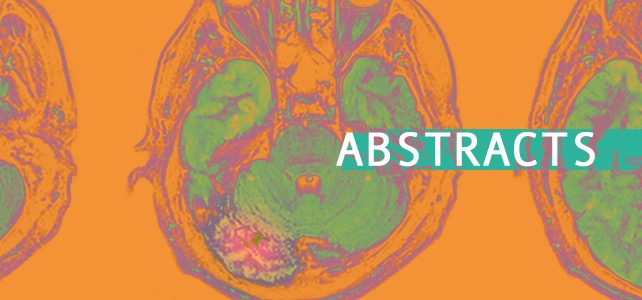Original Investigation January 2019
Effect of Gabapentin vs Pregabalin on Pain Intensity in Adults With Chronic SciaticaA Randomized Clinical Trial
Kelvin Robertson, BPharm, MClinTRes1,2; Laurence A. G. Marshman, MBBS, MD2,3; David Plummer, MBBS, PhD4; et alElena Downs, MBBS3Author AffiliationsArticle InformationJAMA Neurol. 2019;76(1):28-34. doi:10.1001/jamaneurol.2018.3077related articles iconRelated Articles
Key Points
Question Is gabapentin or pregabalin the more optimal pharmacological treatment for chronic sciatica?
Findings This randomized clinical trial of pregabalin vs gabapentin in 18 patients with chronic sciatica found that gabapentin was superior to pregabalin with greater reduction of leg pain intensity and fewer adverse events.
Meaning Gabapentin was superior to pregabalin and should be commenced before pregabalin to permit optimal crossover of medicines.Abstract
Importance Optimal pharmacologic treatment for chronic sciatica (CS) is currently unclear. While gabapentin (GBP) and pregabalin (PGB) are both used to treat CS, equipoise exists. Nevertheless, pharmaceutical regulation authorities typically subsidize one drug over the other. This hinders interchange wherever the favored drug is either ineffective or ill-tolerated.
Objective To assess GBP vs PGB head to head for the treatment of CS.
Design, Setting, and Participants A preplanned interim analysis of a randomized, double-blind, double-dummy crossover trial of PGB vs GBP for management of CS at half the estimated final sample size was performed in a single-center, tertiary referral public hospital. A total of?20 patients underwent randomization from March 2016 to March 2018, and?2 were excluded with 1 lost to follow-up and the other requiring urgent surgery unrelated to the study. Patients attending a specialist neurosurgery clinic with unilateral CS were considered for trial recruitment. Chronic sciatica was defined as pain lasting for at least 3 months radiating into 1 leg only to, at, or below the knee level. Imaging (magnetic resonance imaging with or without computed tomography) corroborating a root-level lesion concordant with symptoms and/or signs was determined by the trial clinician. Inclusion criteria included patients who had not used GBP and PGB and were 18 years or older. Analyses were intention to treat and began February 2018.
Interventions Randomly assigned participants received GBP (400 mg to 800 mg 3 times a day) then PGB (150 mg to 300 mg twice daily) or vice versa, each taken for 8 weeks. Crossover followed a 1-week washout.
Main Outcomes and Measures The primary outcome was pain intensity (10-point visual analog scale) at baseline and 8 weeks. Secondary outcomes included disability (using the Oswestry Disability Index) and severity/frequency of adverse events.
Results The total trial population (N?=?18) consisted mostly of men (11 [61%]) with a mean (SD) age of 57 (16.5) years. A third of the cohort were smokers (5 [28%]), and more than half consumed alcohol (12 [67%]). Gabapentin was superior to PGB, with fewer and less severe adverse events. Both GBP (mean [SD], 7.54?[1.39] to 5.82?[1.72]; P?<?.001) and PGB (mean [SD], 7.33?[1.30] to 6.38?[1.88]; P?=?.002) displayed significant visual analog pain intensity scale reduction and Oswestry Disability Index reduction (mean [SD], 59.22?[16.88] to 48.54?[15.52]; P?<?.001 for both). Head to head, GBP showed superior visual analog pain intensity scale reduction (mean [SD], GBP: 1.72?[1.17] vs PGB: 0.94?[1.09]; P?=?.035) irrespective of sequence order; however, Oswestry Disability Index reduction was unchanged. Adverse events for PGB were more frequent (PGB, 31 [81%] vs GBP, 7 [19%]; P?=?.002) especially when PGB was taken first.
Conclusions and Relevance Pregabalin and GBP were both significantly efficacious. However, GBP was superior with fewer and less severe adverse events. Gabapentin should be commenced before PGB to permit optimal crossover of medicines.
Trial Registration anzctr.org.au Identifier: ACTRN12613000559718

